Looking to take your website global? Then international link building is essential. It’s not just about collecting links from foreign sites; it’s a comprehensive strategy that helps your project earn the trust of search engines and audiences across different countries.
In this article, we’ll explore what international link building entails, how it differs from local strategies, and how to execute it effectively to avoid common pitfalls, including link building challenges in international markets.
What Is International Link Building and Why It Matters for Global SEO
International link building is the targeted process of acquiring backlinks from websites authoritative in specific countries or regions. Its primary goal is to boost your site’s visibility and rankings in search engines like Google, Bing, Yandex, or Baidu across various countries. It’s not about quantity but about quality, relevance, and geographic alignment of each international SEO backlink.
Key objectives of global link building strategies include:
- Enhancing domain authority in the eyes of global and local search algorithms.
- Attracting targeted traffic from specific countries.
- Adapting to local search behavior nuances.
- Building a natural and diverse international backlink profile.
For instance, a site targeting link building in the USA needs backlinks from American sources to signal relevance to Google for the U.S. audience. The same applies to link building in Europe or Asia.
How It Differs from National Link Building: SEO Goals, Audience, Complexity
National link building operates within a single country, language, and culture, with clear goals: improving rankings in national search results. Link building for global markets is far more complex. It demands consideration of language barriers, deep cultural differences in link building, and local algorithm specifics.
Audiences in different countries search for different things. Some prioritize discounts, while others value premium services. International SEO links must reflect these preferences.
Another layer of complexity comes from varying dominant search engines: Google leads in the U.S. and Europe, but Baidu dominates in China, and Yandex in Russia. Each requires tailored approaches for global SEO link building.
Why You Can’t Just Copy a Local Link-Building Strategy
Blindly replicating a local strategy is a common and costly mistake. Local SEO link building is designed for one country. Applying a strategy effective for linkbuilding in Canada to linkbuilding in Mexico will likely disappoint. The reasons lie in differing audience behaviors, ranking algorithms, and business communication norms.
For example, international outreach for link building requires understanding local business customs. In Spain, a friendly, informal email is acceptable, but in Japan, such a tone might be seen as unprofessional. Ignoring these nuances leaves your emails unanswered.
Language barriers pose another challenge. Multilingual link building demands content that feels natural to native speakers. Machine translations are not only ineffective but harmful – search engines easily detect poor-quality text and demote it in rankings.
Impact on Search Engine Rankings: Votes of Trust and Authority
Backlinks are signals of trust. Each high-quality international SEO backlink from an authoritative site tells search engines, “This resource is trustworthy.” In the context of global SEO link building, this is critical. Links from sites with strong authority in a specific country directly influence your rankings in local search results.
Context matters, too. Search engines analyze relevance. If you sell winery equipment, a link from an Italian wine portal is far more valuable than one from a generic news site, even if the latter has high authority. Theme, authority, and donor geography are key to success in SEO link building across borders.
Benefits of International Link Building
Well-executed global link building strategies deliver significant advantages:
- Improved search rankings. Quality links boost your site’s visibility in the top results of Google and other search engines in target countries.
- Increased targeted traffic. Relevant links attract engaged audiences more likely to convert into customers.
- Stronger brand presence. Mentions on authoritative foreign platforms enhance brand recognition and trust.
- Adaptability and resilience. Diversifying your international backlink profile reduces dependence on a single market.
Challenges are inevitable, though. For instance, in France, webmasters often demand high budgets for placements. In the US vs Europe link building landscape, the U.S. faces intense competition, while Spain emphasizes personal connections. Success hinges on adhering to best practices in international link building tailored to these nuances.
Features and Best Practices for Link Building in the USA and North America
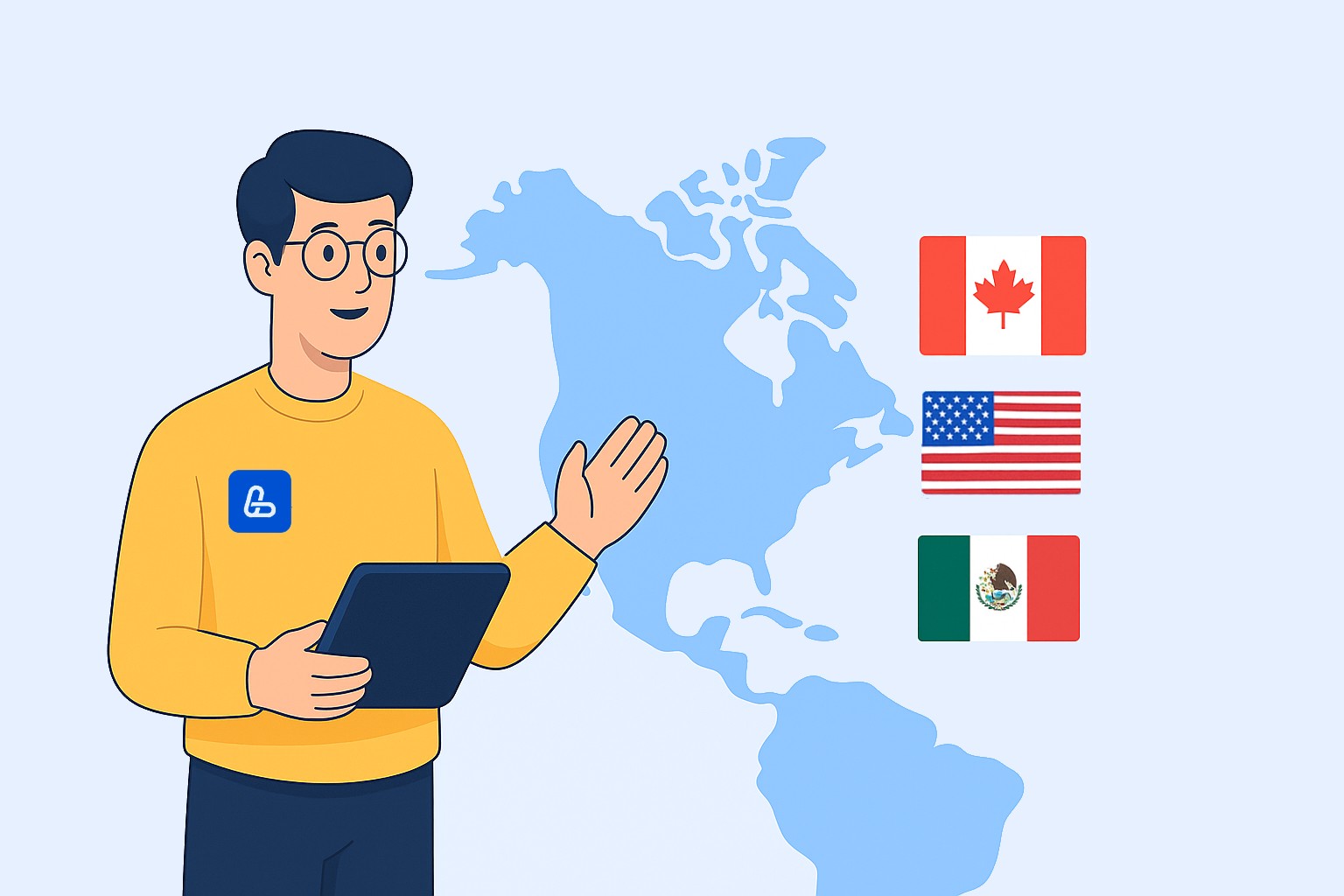
U.S. Market Overview: High Competition, Preference for Quality Content
The link building in US market is among the most competitive globally, especially in e-commerce, tech, and finance niches. American webmasters and editors expect high standards and often reject templated or AI-generated content.
Google in the U.S. aggressively combats low-quality links, and sites with unnatural international backlink profiles risk penalties. To succeed with a link building agency in US, offer truly unique content: original research, in-depth case studies, or infographics with exclusive data.
Budgets for link building in the US are typically higher than in other regions due to these standards and the value of links.
Outreach in the U.S.: Directness, Data-Driven, Email-Centric
International outreach for link building in the U.S. thrives on directness and efficiency. Local webmasters value brevity and facts. Your email should clearly answer: who you are, what you offer, and how it benefits the recipient. Long introductions or overly casual tones are often ignored.
Proposals with unique value – exclusive research data, a CEO’s commentary, or interactive tools – work well. Platforms like Mailchimp or BuzzStream are widely used for automation and tracking correspondence.

Canada: Bilingualism, Blending U.S. and European Approaches
Link building in Canada is unique due to its bilingual nature. English-speaking regions (Ontario, British Columbia) align closely with link building in the US, while French-speaking Quebec requires approaches similar to link building in France. Content must be adapted for both audiences, making multilingual link building essential.
Canadian webmasters prioritize local relevance. Links from national media (CBC, The Globe and Mail) or regional authoritative blogs carry more weight than those from generic international sites.
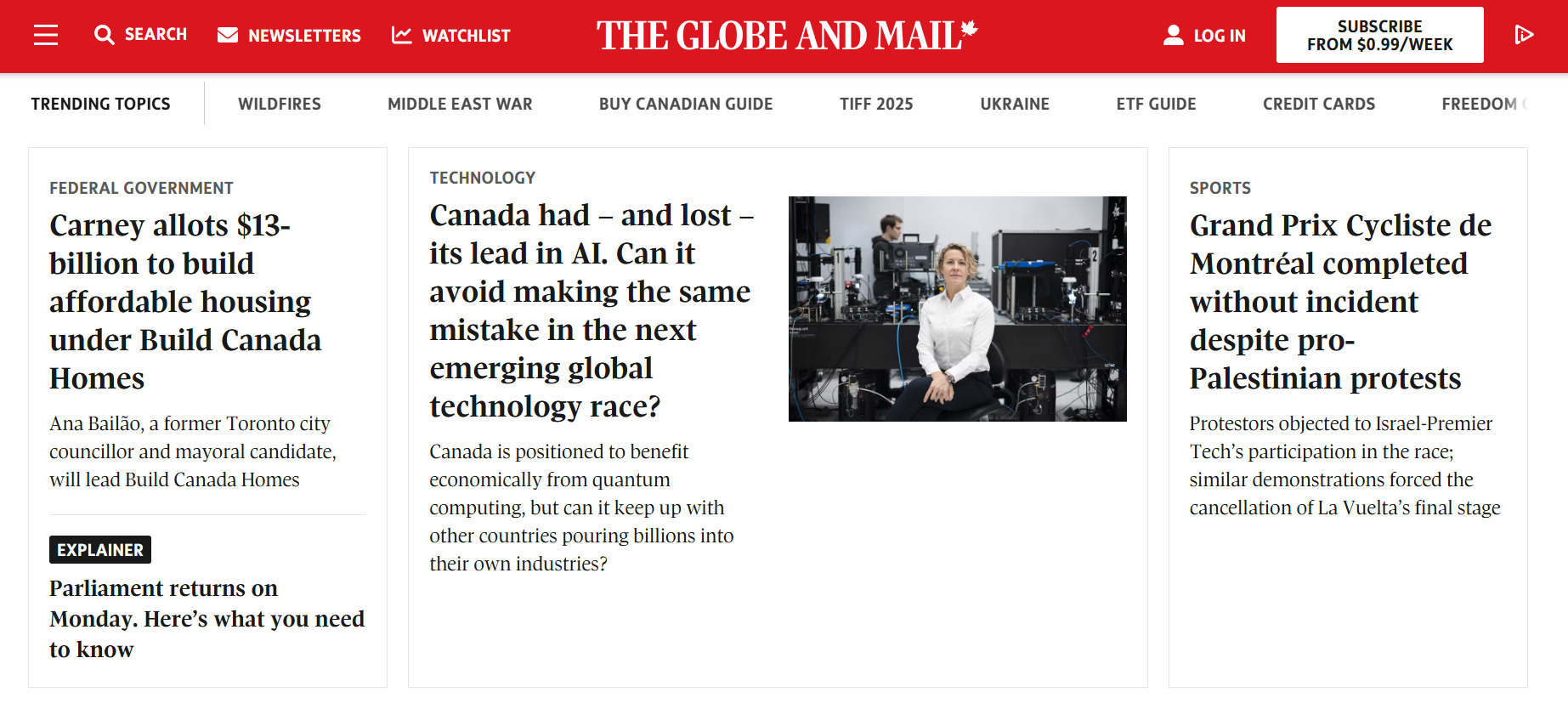
Outreach often blends U.S. directness with European politeness. For example, in Quebec, starting an email with a French greeting is advisable.
Mexico: Growing Market, Importance of Local Media and Spanish Content
Link building in Mexico is a burgeoning, promising market. Competition is lower than in the U.S., but the internet audience is rapidly expanding. Local media (El Universal, Milenio) and Spanish-language niche blogs are crucial for local SEO link building.

Mexican webmasters are open to collaboration but expect personalized offers and cultural context. Content tied to local holidays (El Día de Muertos) or traditions has a high success rate. Placement budgets are generally lower than in the U.S., but content quality standards remain high.
European Link Building: Diversity of Markets and Approaches
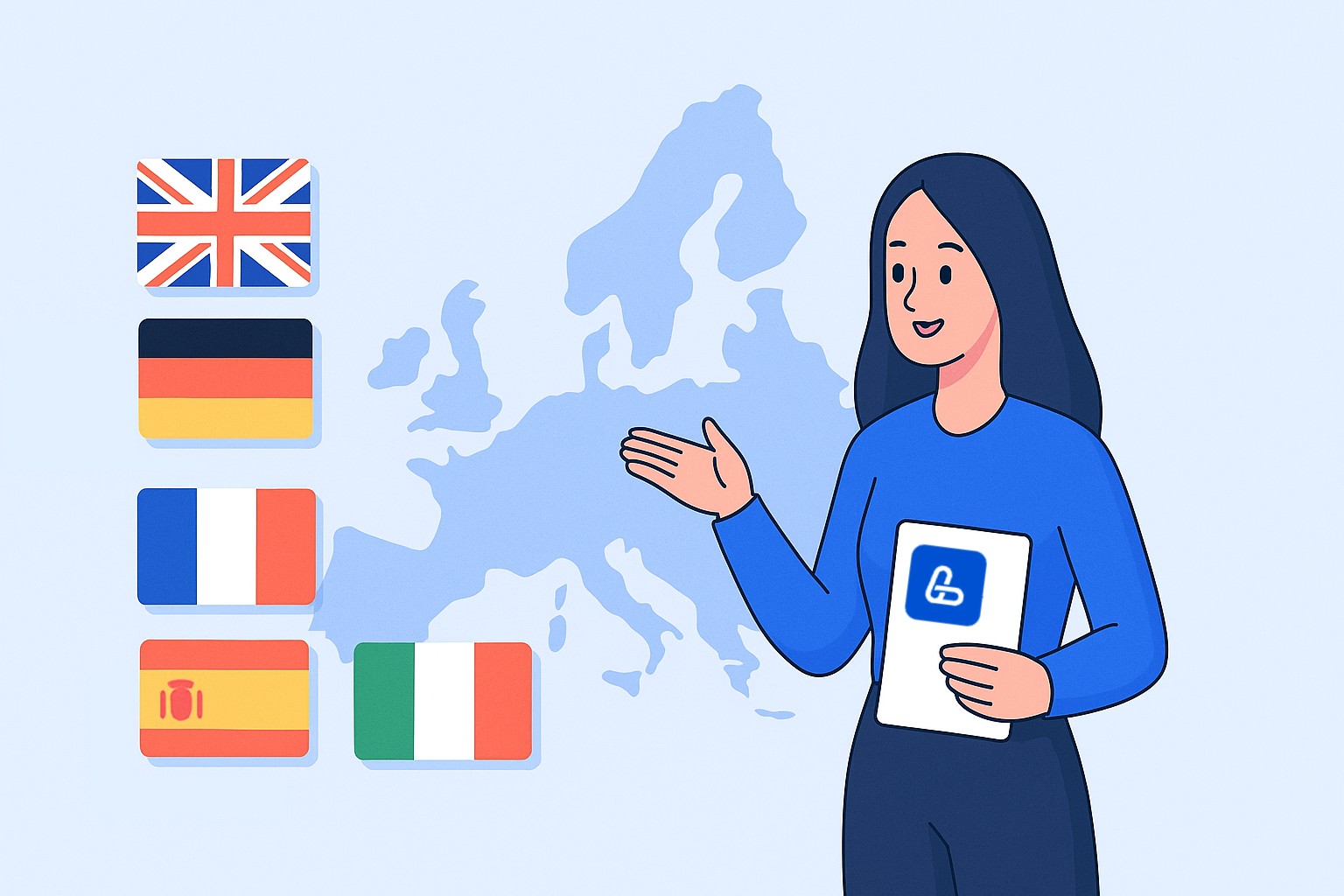
Europe’s Landscape: Multiple Languages, Cultures, and GDPR Regulations
Link building in Europe involves navigating dozens of languages, cultures, and mindsets. A strategy effective for link building in Germany may fail in Italy or in Spain.
The General Data Protection Regulation (GDPR) significantly impacts the process, strictly regulating personal data collection and processing, which directly affects international outreach for link building and international backlink profile creation. Non-compliance can lead to hefty fines.
Linguistic diversity makes multilingual link building a complex but necessary task. Content must be localized, not just translated. For example, Spain may require content in Castilian Spanish, Catalan, or Basque.
Key Cultural Aspects for Europe:
- Language: Deep localization, not mere translation, is essential.
- Business Etiquette: Ranges from high formality in Northern Europe to friendly informality in the South.
- Regulations: Strict GDPR compliance is mandatory for data collection.
- Search Preferences: Google dominates, but local players like Seznam (Czechia) or Yandex (CIS countries) are significant.
Importance of Local Domains (ccTLD) and Hosting for Local Rankings
Using country-code top-level domains (ccTLDs) like .de for Germany, .fr for France, .co.uk for the UK, or .es for Spain is a strong signal to search engines about your site’s geotargeting. Google often prioritizes ccTLD sites in national search results.
Hosting proximity to your target audience also matters. A server in Germany enhances site speed for German users and may slightly boost rankings for link building in Germany. Tools like Semrush can help analyze competitors’ domain strategies.
Role of Alternative Search Engines in Specific Countries
While Google dominates most European countries, exceptions exist. In Czechia, Seznam holds a significant market share, and in Germany, it’s Bing. Effective international SEO strategies must account for these.
For example, success in Czechia requires links from sites indexed and valued by Seznam, which demands studying its unique algorithm.
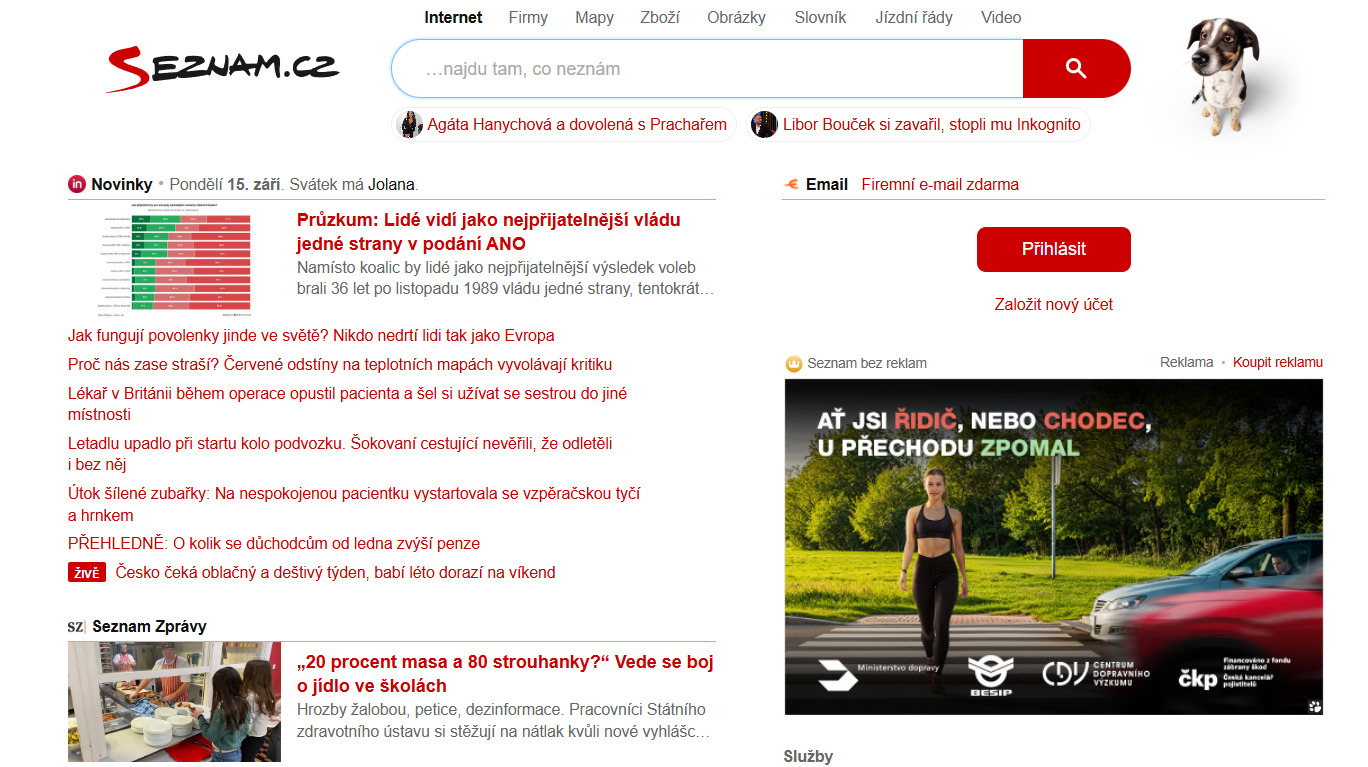
Germany: High Quality Standards, Trust in Expertise, Paid Links Popularity
Link building in Germany demands exceptional quality. German audiences expect in-depth, data-backed content with expert insights. Superficial articles rarely secure placements.
Paid link placements through transparent platforms (e.g., OMT, ImpulsQ) are common, with strict requirements for donor site and content quality.
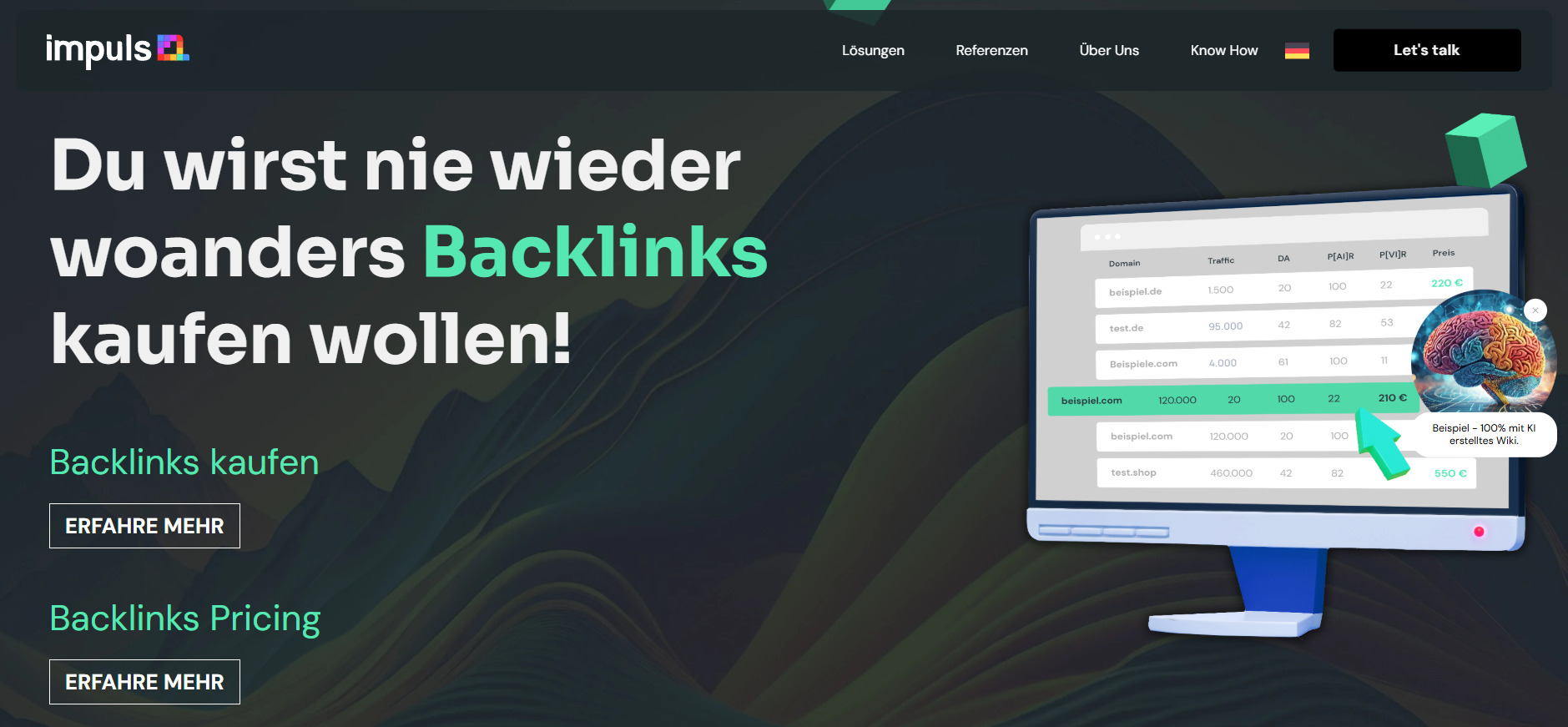
International outreach for link building with German webmasters should be formal, structured, and emphasize expertise and evidence-based proposals.
United Kingdom: Mature Market, Similar to U.S., with European Nuances, Media Links Matter
Link building in the UK mirrors the U.S. in its competitive nature, value for quality content, and direct communication style. However, European nuances, like a penchant for self-irony and a professional yet informal tone, persist.
Links from authoritative national media (BBC, The Guardian, Telegraph) or niche publications have a stronger impact on rankings and authority than numerous low-value links.
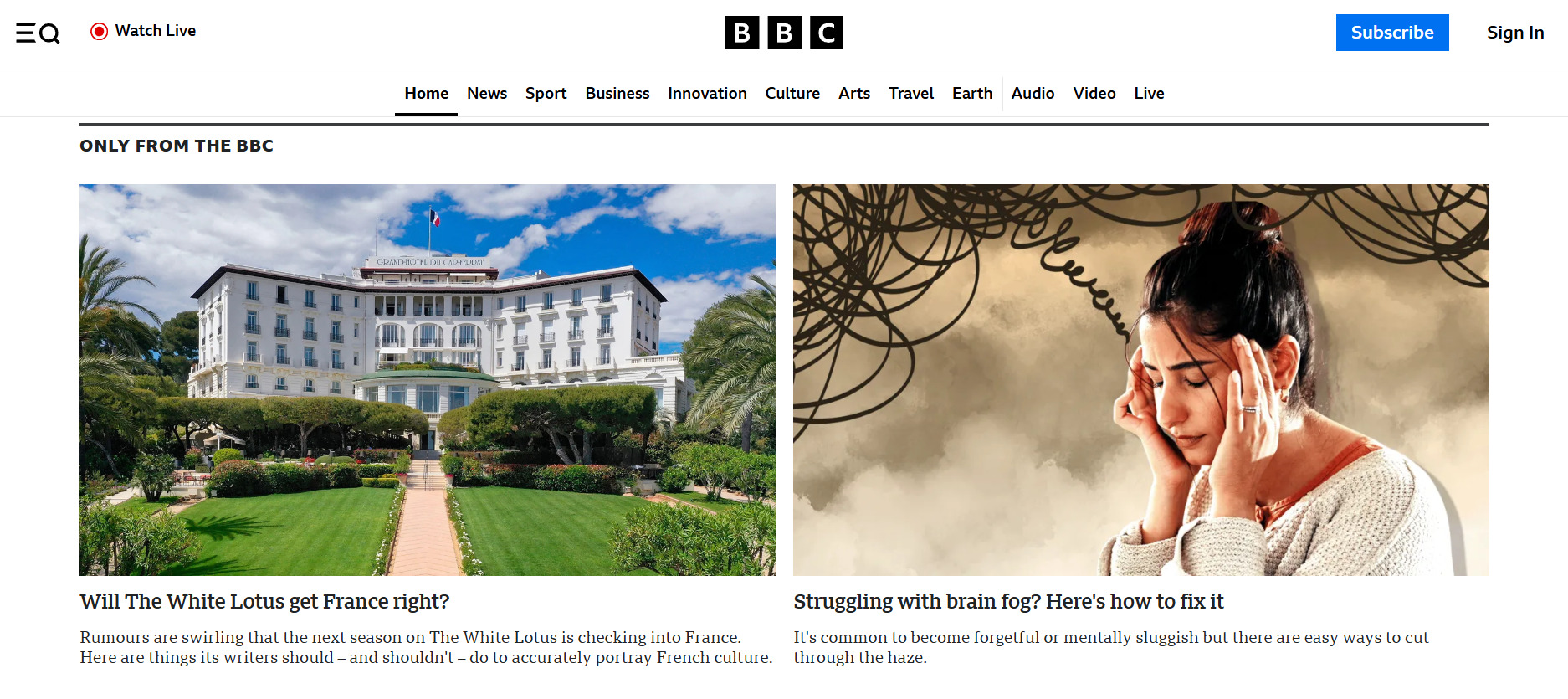
France: French Language Priority, Strong Local Blogosphere, Relationship Focus
Link building in France demands flawless French. Even high-quality translations often fall short compared to native-written content. The local blogosphere thrives, especially in fashion, beauty, gastronomy, and lifestyle niches.
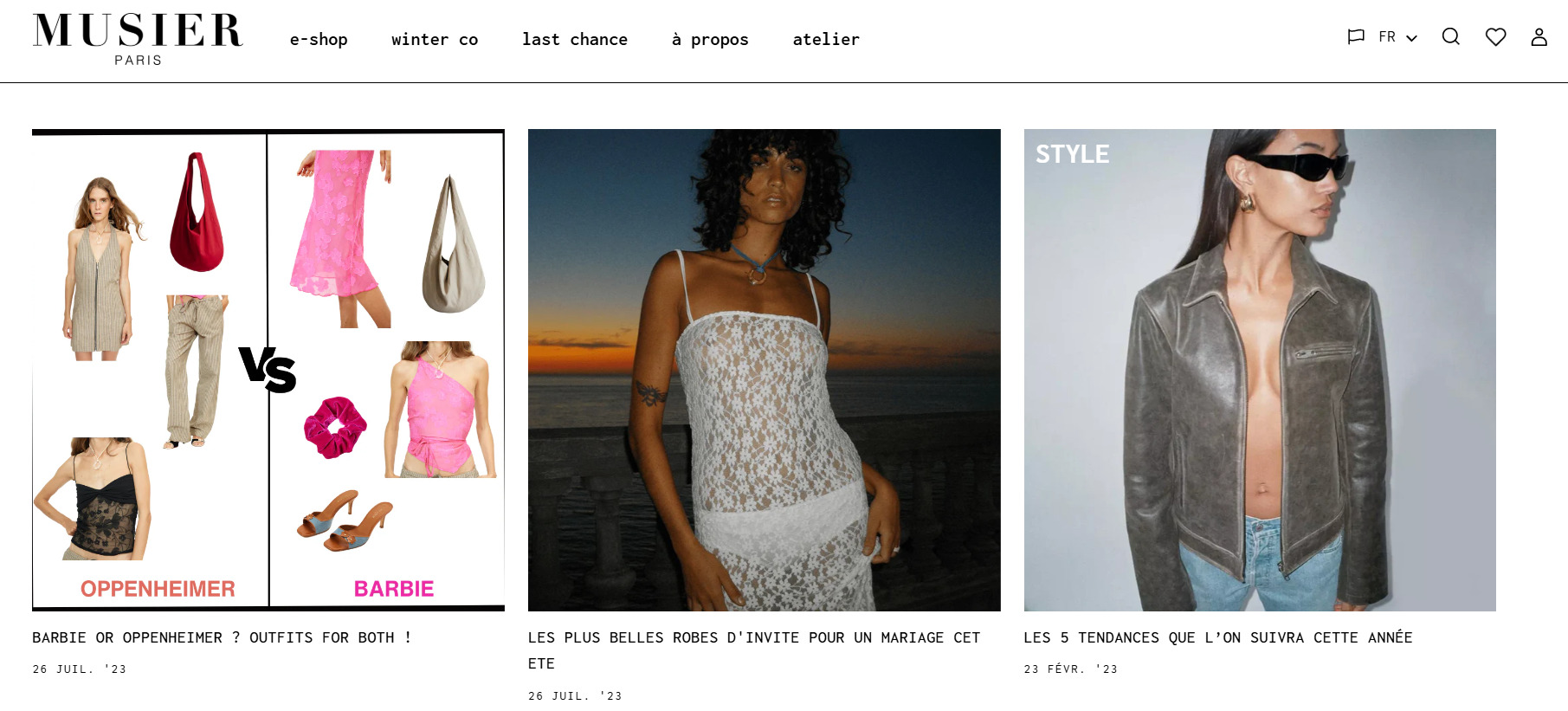
Long-term relationships are key. French webmasters rarely respond to cold emails without prior recommendations or social media engagement. Proposing joint projects, expert interviews, or mutual PR can be effective.
Spain and Italy: Less Formality, Mobile Usage Growth, Niche Opportunities
Linkbuilding in Spain and linkbuilding in Italy share similarities. Business communication is less formal than in Northern Europe. Spanish and Italian webmasters value friendly, personalized approaches.
With mobile traffic dominating, content must be optimized for mobile devices. These markets offer opportunities in niches like tourism, gastronomy, design, and fashion. Links from authoritative Italian food blogs or Spanish travel portals can drive significant targeted traffic.
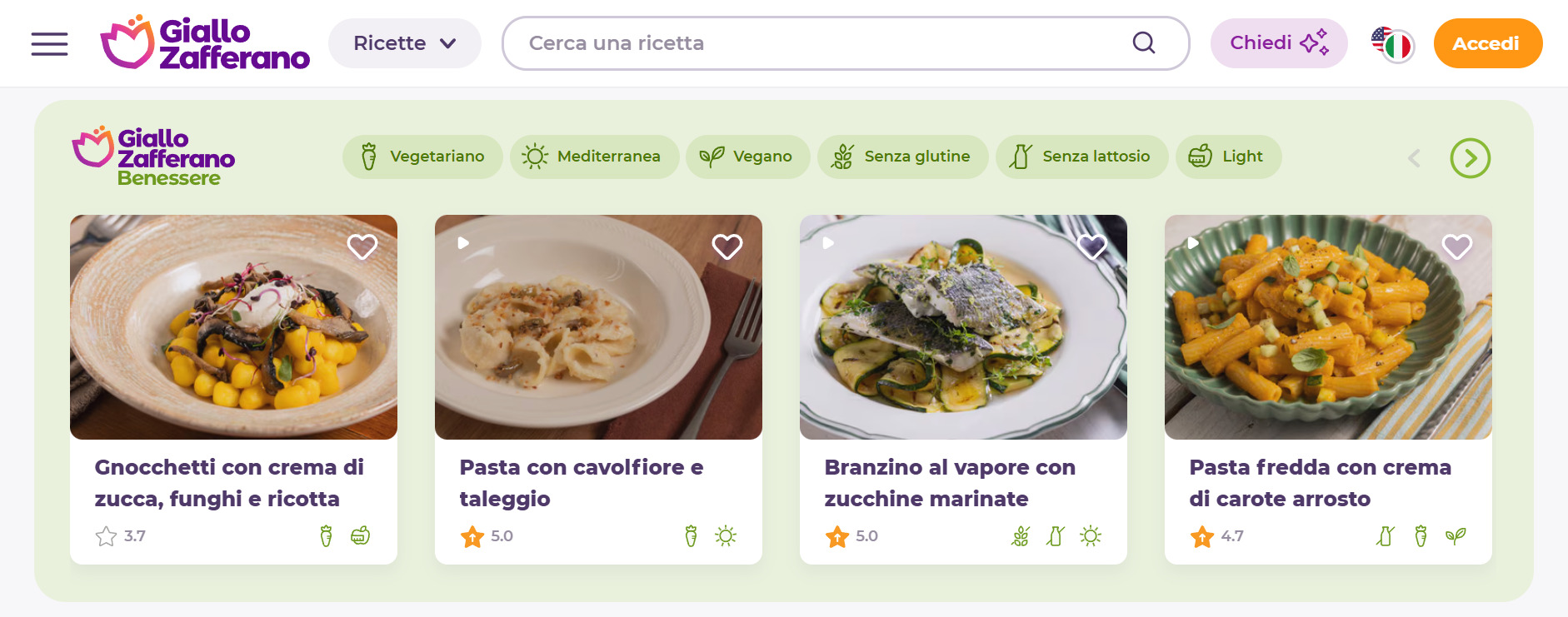
Cultural Nuances of Outreach: Building Communication Across Regions
International outreach for link building involves engaging webmasters globally. A misaligned approach guarantees low response rates. Success depends on understanding each region’s cultural code.
U.S. and UK: Directness, Business-Oriented, Time-Valued
In the US vs Europe link building comparison, the U.S. and UK prioritize time and clarity. Emails should be concise (under 150 words), clear, and highlight specific benefits for the recipient. Avoid lengthy intros or excessive politeness.
Data-driven tactics work well: “Our research shows a 30% growth in your niche, and we can offer exclusive content.” In the UK, a slightly informal tone (e.g., mentioning the weather) is acceptable, but professionalism and facts remain central. Expect replies within 1-2 business days.
Germany and Northern Europe: Formality, Structure, Thoroughness
Link building in Germany, Sweden, Denmark, or the Netherlands requires a formal, structured approach. Emails should follow a clear logic: introduction, purpose, proposal details, and call-to-action. Use formal salutations (Herr/Frau [Last Name]).
Webmasters in these regions meticulously review your site, company profile, and content quality. Prepare facts, stats, and work samples in advance. Jokes or personal questions are inappropriate.
Southern Europe (Spain, Italy): Building Personal Connections, Informal Tone
In linkbuilding in Spain and linkbuilding in Italy, establishing personal rapport is key. Start emails with compliments about the recipient’s site or a specific article to show genuine interest, not a mass campaign.
A friendly, informal tone is acceptable, but proposals must remain clear and professional. Communication may shift to WhatsApp or Telegram for livelier discussions. Trust often outweighs immediate benefits.
Choosing Communication Channels: Email, LinkedIn, Local Messengers
While email remains the universal channel for global SEO link building, its effectiveness varies:
- Email: Primary for the U.S., Canada, UK, and Northern Europe. Use tools like BuzzStream for automation.
- LinkedIn: Effective for B2B niches in linkbuilding in UK, linkbuilding in Canada, and linkbuilding in France.
- Messengers: WhatsApp is popular in Latin America, including linkbuilding in Mexico. Telegram dominates in Eastern Europe, and WeChat in China.
Research your target webmasters’ preferred channels before launching a campaign.
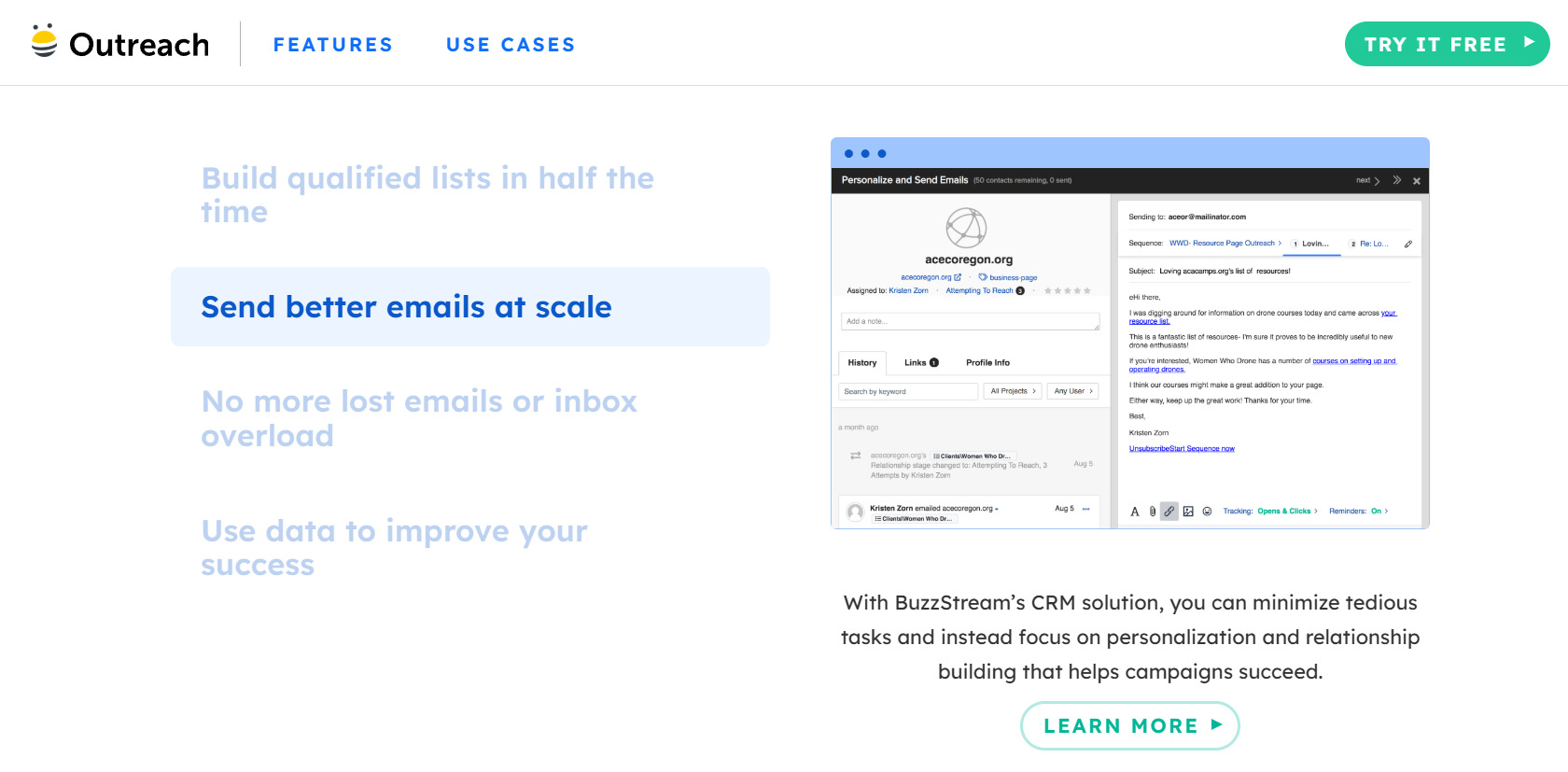
Adapting Email Templates: Tone, Structure, Argumentation
Using a single template across countries is a major mistake. Tailor each email:
- Tone: Direct and business-like for the U.S./UK, formal for Germany, friendly for Spain/Italy.
- Structure: Always start with a personalized greeting, clearly state your proposal, and end with a specific call-to-action.
- Argumentation: In Anglo-Saxon countries, emphasize benefits and data. In Germany, focus on quality and expertise. In Southern Europe, highlight mutual interest and relationship-building.
Test different approaches and track open rates and responses with tools like Pitchbox.
Preparing for an International Link Building Campaign: Technical and Content Foundations
Successful international link building requires thorough preparation. Without a solid technical and content base, even top-tier links won’t reach their full potential.
Choosing and Setting Up an International Site Structure (ccTLD, Subdomains, Subdirectories)
The first step is selecting a site structure for global SEO link building:
- ccTLD (e.g., .de, .fr, .co.uk): Ideal for local SEO link building, clearly signaling to search engines and users your site’s country focus. Perfect for full-scale market launches.
- Subdomains (de.example.com): Flexible but require separate SEO optimization, as search engines may treat them as distinct sites.
- Subdirectories (example.com/de/): Easiest to manage, leveraging the main domain’s authority. Great for testing new markets.
Your choice depends on resources and strategy. Ensure hosting is geographically close to your target audience to boost site speed.
Role of hreflang Tags in Link Weight Distribution and Avoiding Duplicate Content
Hreflang tags are critical technical elements. They tell search engines which language and regional version of a page to display in search results, preventing duplicate content issues and ensuring proper link weight distribution across site versions.
For example, <link rel="alternate" hreflang="es-es" href="https://example.com/es/" /> informs Google that the page targets Spanish-speaking users in Spain. All page versions must be interlinked with hreflang tags. Verify their accuracy using tools like Screaming Frog SEO Spider.
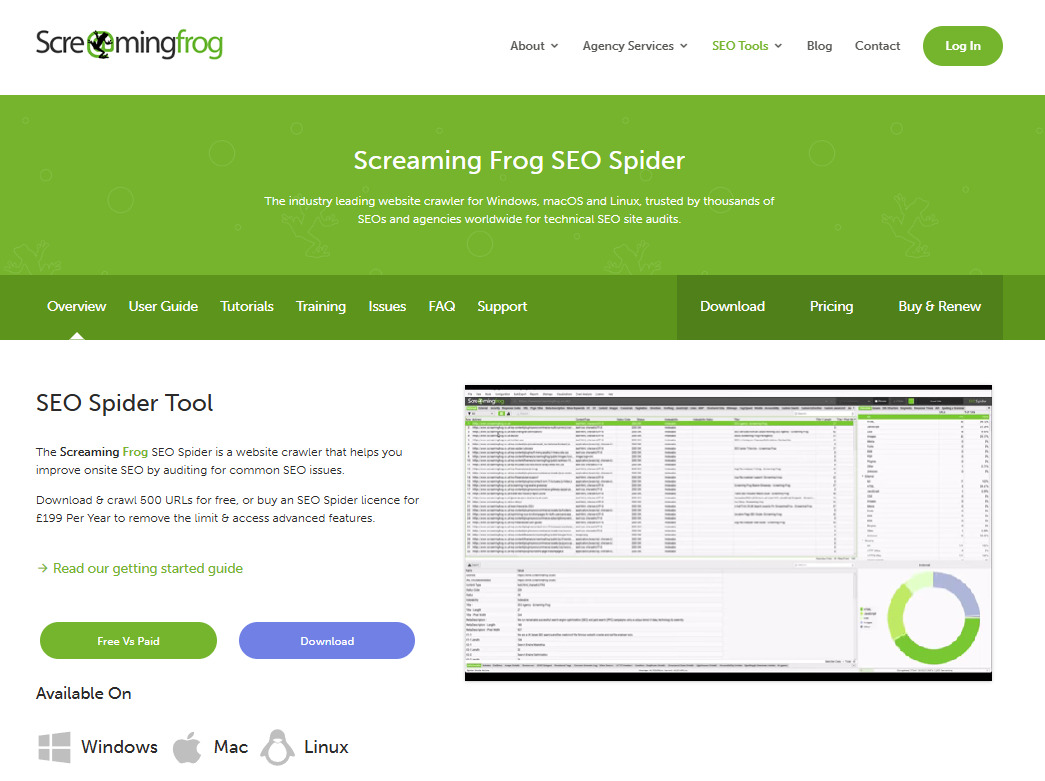
Localization vs. Translation: Creating Relevant Content for Each Audience
A key distinction that drives success in multilingual link building. Translation is the mechanical conversion of text from one language to another. Localization adapts content to the cultural, social, and linguistic nuances of the audience.
For example, an article on “How to Grill Beef Steaks” suits the U.S. but is irrelevant in India, where beef is rarely consumed, and cooking preferences differ. Work with native speakers from target countries who understand not just the language but also cultural context, humor, idioms, and audience pain points.
Auditing Your Existing Link Profile for International Opportunities
Before launching a campaign, audit your current international backlink profile using tools like Ahrefs or Semrush to assess:
- Geographic distribution of linking domains. Are there valuable mentions from target countries to amplify?
- Language and cultural context. What languages discuss your brand?
- Toxic links. Are there spammy international links harming rankings in specific regions?
This audit uncovers unexpected opportunities (e.g., your product mentioned in a Mexican blog without an active link) and allows timely disavowal of low-quality links via Google’s Disavow tool.
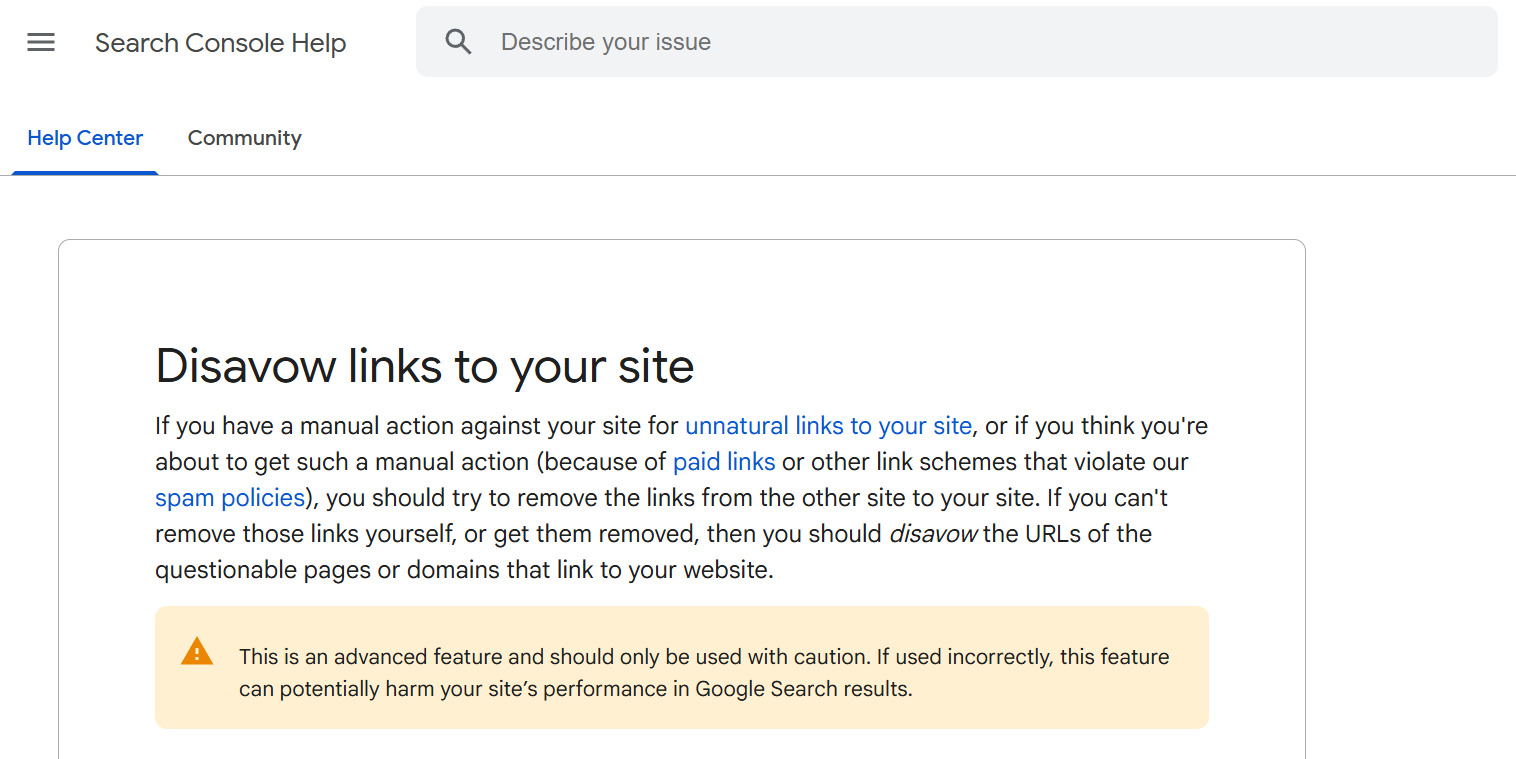
How to Build International SEO Links: A Step-by-Step Guide
Launching a campaign for international SEO link building requires a systematic approach. Here’s a step-by-step plan to achieve results.
Step 1: Identify Pages That Benefit from International Link Building
Not all pages are equally valuable for link building for global markets. Focus on those with the highest conversion potential in each country, such as:
- Main product or service landing pages.
- Key blog posts addressing high-frequency queries in the target region.
- Localized landing pages for regional promotions or events.
Use Google Analytics to identify pages already attracting traffic from target countries. Ensure these pages are fully localized (including prices, currency, and examples) and have hreflang tags.
Step 2: Analyze Your Competitor’s International Backlink Profile
Competitor analysis provides valuable insights. Study the international backlink profile of competitors succeeding in your target market.
How to do it:
- Enter the competitor’s domain into Ahrefs or Semrush.
- Go to the “Backlinks” report and filter by target countries (e.g., Germany, France).
- Analyze top links by Domain Rating (DR) or Authority.
- Compile a list of promising donor sites for your international outreach for link building.
Create a table to organize data, e.g.:
| Country | Number of Links | Top 3 Donors | DR | Theme |
|---|---|---|---|---|
| Germany | 120 | spiegel.de, gruenderszene.de, deutsche-startups.de | 92, 78, 65 | News, startups, business |
| Spain | 75 | xataka.com, genbeta.com, marketingdirecto.com | 88, 82, 74 | Tech, marketing |
This reveals which resource types and themes to target.
Step 3: Build Relationships with Relevant Websites
International outreach for link building is the foundation of securing quality links. Your goal is to connect with owners and editors of relevant sites.
Effective contact-finding methods:
- Manual search: Use Google to search for key terms in the target country (e.g., “guest post + [niche]”, “write for us”).
- Tools: BuzzSumo for trending content, Hunter.io or Snov.io for email addresses.
- Social media: Check LinkedIn profiles of editors or site owners.
- Competitor analysis: Identify sites linking to competitors via Ahrefs or Semrush.
Write personalized emails, factoring in the cultural differences in link building outlined above. Offer real value: unique research, high-quality guest posts, expert commentary, or free product access for reviews.
Step 4: Create Valuable Content

Content is critical for multilingual link building. To earn links, it must be unique, useful, and relevant to the local audience.
Top content types for attracting international links:
- Original research and reports: Market-specific data (e.g., “2025 E-commerce Market Study in Italy”).
- In-depth guides: “Complete Guide to French Wine Culture.”
- Infographics and interactive tools: Visualized data or calculators, which are easily shared.
- Expert interviews and case studies: Local expert interviews or case studies of your product’s use in the target country.
Content must be created or thoroughly reviewed by native speakers.
Step 5: Leverage Your Corporate Site’s Link Power
Your main site is a powerful asset. Use internal linking to distribute link weight from authoritative pages to new or less-promoted international versions.
For example, post an announcement of your German research in your corporate blog on the main domain, linking to the full article on the .de subdomain. This signals search engines and accelerates indexing and ranking of the new page.
Step 6: Create Dedicated Social Media Profiles
Social signals, while not direct ranking factors, boost brand visibility and recognition, aiding cross-border link building. Create and manage separate social profiles for key regions:
- For link building in USA and linkbuilding in UK: Twitter, LinkedIn, Facebook.
- For linkbuilding in Spain and linkbuilding in Mexico: Instagram, Facebook.
- For linkbuilding in France: LinkedIn, Twitter, Instagram.
- For Asian markets: Local platforms like WeChat or Weibo for China.
Share localized content, promote your materials, and engage in discussions to attract potential partners and simplify outreach.
Challenges of International Link Building and How to Overcome Them

Understanding link building challenges in international markets prepares you to mitigate risks.
Language Barrier: Importance of Professional Localization and Native Speakers
The most obvious hurdle. Solution: Ditch machine translation for professional localizers and native copywriters. They ensure linguistic accuracy and cultural relevance, critical for communication and quality content in SEO link building across borders.
Cultural Differences: Communication Tone, Formality, Preferred Channels
Ignorance of local business customs can derail deals. Solution: Research each region’s communication norms, platforms, and tone before launching campaigns. A local consultant or partner can be invaluable.
Legal Aspects: GDPR in Europe and Its Impact on Outreach Data Collection
GDPR tightly restricts collecting and using personal data without explicit consent, affecting international outreach for link building. Solution: Use only publicly available data (e.g., emails listed in a site’s “Contact” section) or compliant tools like Hunter.io. Always include an “Unsubscribe” option in emails.
Varying SEO Practices and Webmaster Awareness
Webmasters’ understanding of link value varies by country. In the U.S. and Western Europe, it’s high, so discussions focus on benefits and quality. In developing or less mature markets, you may need to explain collaboration benefits with detailed examples and case studies.
Limited Opportunities in Small Markets and High Costs of Quality Links
In smaller markets (e.g., Baltic or some Eastern European countries), quality donor sites in your niche may be scarce, driving up competition and costs. Solution: Broaden your search to related themes and prioritize long-term relationships over one-off placements.
The Future of International Link Building: Trends and Predictions

Global link building strategies are constantly evolving. Here are key trends shaping the field in the coming years.
Impact of AI and Machine Learning on Donor Selection and Outreach Personalization
Artificial intelligence is transforming global SEO link building tools. Machine learning algorithms are used for:
- Analyzing and selecting the most relevant, authoritative donor sites.
- Generating content ideas likely to earn links.
- Personalizing outreach, adapting tone and arguments to cultural nuances.
Growing Importance of High-Quality, Editorial Link Placements
Search engines, especially Google, are improving at detecting unnatural or paid links. As a result, best practices in international link building are shifting toward maximum authenticity. Single editorial links from authoritative sources (media, industry publications, government sites) earned through valuable content will be prioritized over mass placements.
Google Algorithm Changes and Their Impact on International SEO
Google will continue refining its algorithms, emphasizing user experience (UX), relevance, and expertise (E-E-A-T: Experience, Expertise, Authority, Trust). This means international SEO strategies must focus not only on link acquisition but also on building comprehensive, useful, and trustworthy resources for each audience. Links remain important but are just one piece of the trust puzzle.
Role of Video Content and Social Signals in Link Building
Video content (YouTube, TikTok, Instagram Reels) is becoming a popular format that can generate backlinks. Integrating videos into your content strategy for different markets is essential. For example, a detailed product review on YouTube by a local influencer can drive traffic and earn valuable mentions and links from blogs and media.
Predictions for U.S. and European Markets in 2025–2026
- U.S.: The market will remain highly competitive and costly. The trend toward quality and expert content will intensify, requiring link building agencies in US to adapt.
- Europe: Fragmentation into local markets will continue, with stricter regulations (GDPR practices). Link building in Germany and linkbuilding in France will demand deeper localization. Linkbuilding in Spain and linkbuilding in Italy will grow due to digitalization.
- Overall trend: A shift from quantity to quality, integrating cross-border link building into broader content marketing and brand-building strategies.
Who to Turn to for International Link Building
Link building for global markets is a complex, resource-intensive task requiring expertise in SEO, marketing, linguistics, and intercultural communication. Our link building agency in Europe and link building agency in US, LinkBuilder.com, specializes in crafting effective global link building strategies.
While we work with brands across the globe in over 150 regions and languages, our most frequent clients are businesses from the USA and Europe. Here are the top 20 countries we work with:
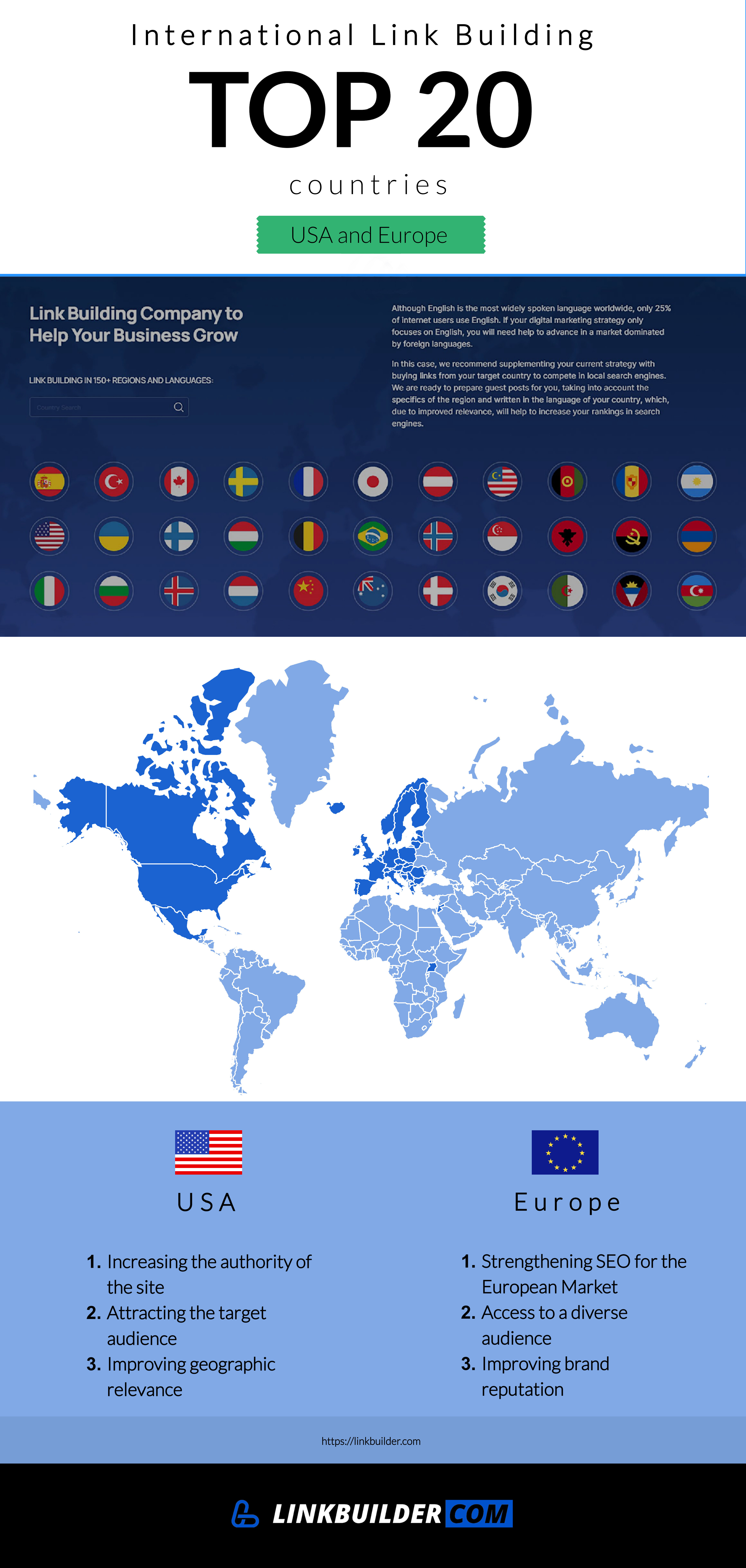
Our experts, as a leading SEO company in Europe and European SEO company, offer:
- Deep localization: High-quality content for multilingual link building.
- Personalized outreach: We account for cultural differences in link building across regions, from the U.S. and UK to Germany and Japan.
- Comprehensive analysis and strategy: Using advanced tools (Ahrefs, Semrush), we analyze competitors and build robust international backlink profiles.
- Full compliance: We strictly adhere to GDPR and other international regulations when handling data.
With us, you’ll save time and budget, avoiding common pitfalls and achieving predictable results.

Ready to take your site global? Schedule a consultation for a tailored international SEO strategy!








